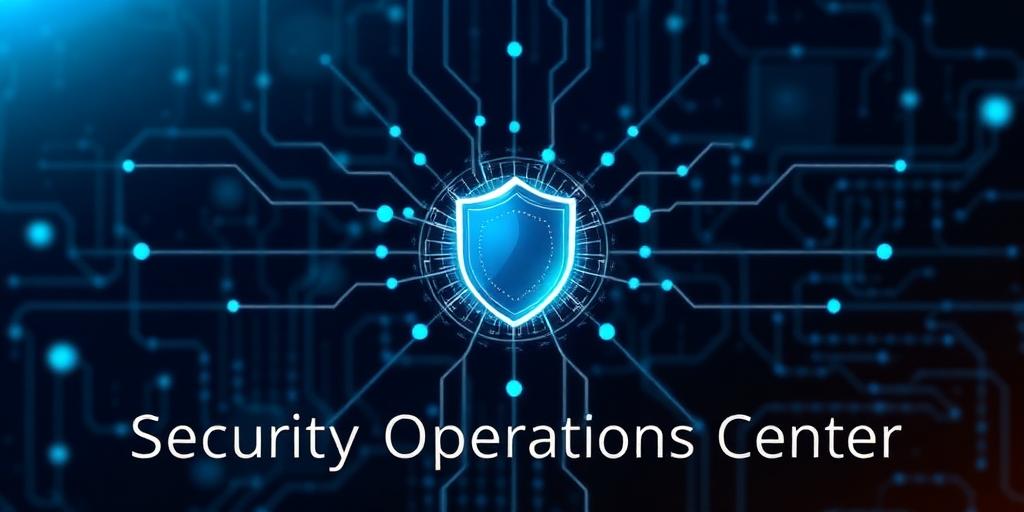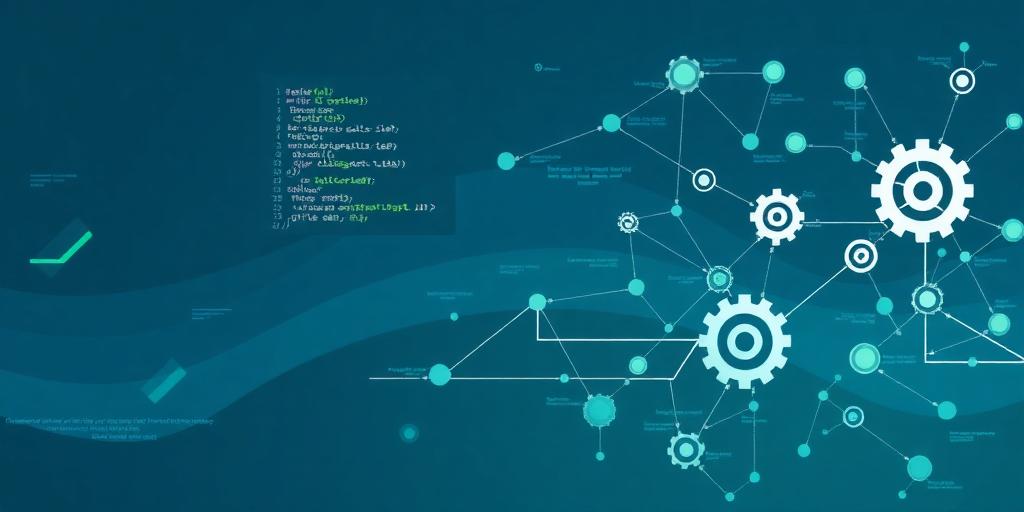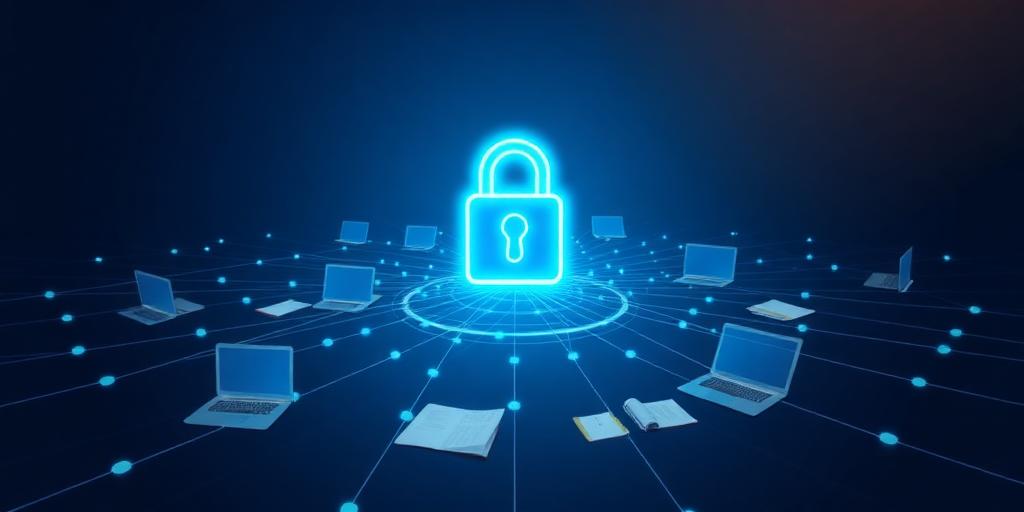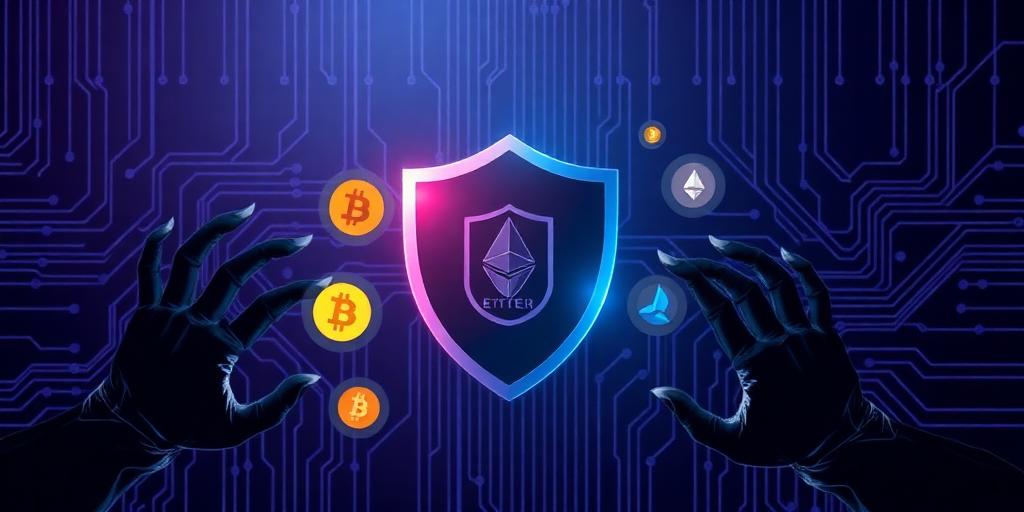In today's interconnected digital landscape, the threat of cyberattacks looms larger than ever before. Organizations of all sizes face a relentless barrage of sophisticated threats, from ransomware and phishing to advanced persistent threats (APTs). To effectively defend against these adversaries, a robust and proactive cybersecurity strategy is not merely advisable but absolutely essential. At the heart of such a strategy lies the Security Operations Center (SOC).
What is a Security Operations Center (SOC)?
A Security Operations Center (SOC) is a centralized function within an organization, comprising a dedicated team of cybersecurity experts, cutting-edge technology, and well-defined processes. Its primary mission is to continuously monitor, detect, analyze, and respond to cyber threats and security incidents. Think of it as the nerve center of an organization's digital defense, operating 24/7 to safeguard critical assets and data. Understanding why SOC is important is crucial for any enterprise striving for comprehensive digital protection.
The Indispensable Role of a SOC
The importance of a SOC extends far beyond simple threat detection. It encompasses a multifaceted approach to cybersecurity, offering numerous critical benefits of a SOC:
1. Proactive Threat Detection and Prevention
One of the most significant advantages of a SOC is its ability to shift an organization from a reactive to a proactive security posture. Rather than waiting for a breach to occur, SOC analysts utilize an array of tools—including Security Information and Event Management (SIEM) systems, Intrusion Detection/Prevention Systems (IDPS), and Endpoint Detection and Response (EDR) solutions—to collect and analyze security logs and network traffic in real-time. This continuous monitoring allows for the early identification of anomalous behavior, potential vulnerabilities, and indicators of compromise (IoCs) before they escalate into full-blown attacks. This proactive stance is vital for cyber threat detection SOC capabilities.
2. Rapid Incident Response and Remediation
When a security incident is detected, time is of the essence. A SOC provides the expertise and framework for a swift and organized response. The SOC team is trained to:
- Contain the threat to prevent further spread.
- Eradicate the malicious elements from the systems.
- Recover affected systems and data.
- Conduct post-incident analysis to understand the attack's root cause and implement preventative measures.
This structured approach minimizes downtime, reduces potential financial losses, and preserves an organization's reputation.
3. Centralized Visibility and Security Posture Management
Modern IT environments are complex, often spanning on-premise infrastructure, cloud services, and remote endpoints. A SOC acts as a central hub, consolidating security data from disparate sources into a unified view. This centralized visibility allows for a holistic understanding of the organization's security posture, identifying gaps, misconfigurations, and areas requiring immediate attention. It provides the intelligence needed for informed decision-making regarding security investments and policy enforcement.
4. Compliance and Regulatory Adherence
Many industries are subject to stringent regulatory requirements concerning data privacy and security, such as GDPR, HIPAA, and PCI DSS. A well-functioning SOC plays a pivotal role in ensuring compliance by documenting security events, maintaining audit trails, and demonstrating effective controls. By actively monitoring and reporting on security incidents, organizations can more easily satisfy audit requirements and avoid hefty fines and legal repercussions. This significantly enhances an organization's risk management framework.
5. Specialized Expertise and Continuous Improvement
Building a SOC team requires a diverse set of highly specialized skills, from threat intelligence analysis and vulnerability management to forensic investigation and reverse engineering. These experts stay abreast of the latest threat landscapes and attack methodologies, continuously refining security policies and tools. A SOC is not a static entity; it evolves. Through threat hunting, vulnerability assessments, and regular training, the team enhances its capabilities, adapting to new threats and improving the organization's overall resilience against cyberattacks. This continuous improvement is central to robust SOC cybersecurity strategies.
The Future of SOCs: Evolving Defense
The SOC model itself is evolving, with many organizations leveraging Managed Detection and Response (MDR) or Extended Detection and Response (XDR) services. These services often augment or replace in-house SOC capabilities, providing advanced threat hunting, machine learning, and automation to enhance detection and response, especially for organizations without the resources to maintain a full 24/7 internal SOC. Regardless of the operational model, the core principle of a centralized, expert-driven security operation remains paramount.
Conclusion
In an era where cyber threats are a constant and sophisticated reality, the importance of a Security Operations Center cannot be overstated. It serves as the bedrock of an organization's cybersecurity defense, providing proactive detection, rapid response, centralized visibility, compliance assurance, and specialized expertise. Investing in a robust SOC, whether in-house or through a trusted service provider, is not merely an IT expenditure; it is a strategic imperative for business continuity, data protection, and maintaining trust in the digital age. A well-implemented SOC is an organization's best defense against an ever-evolving adversary.








